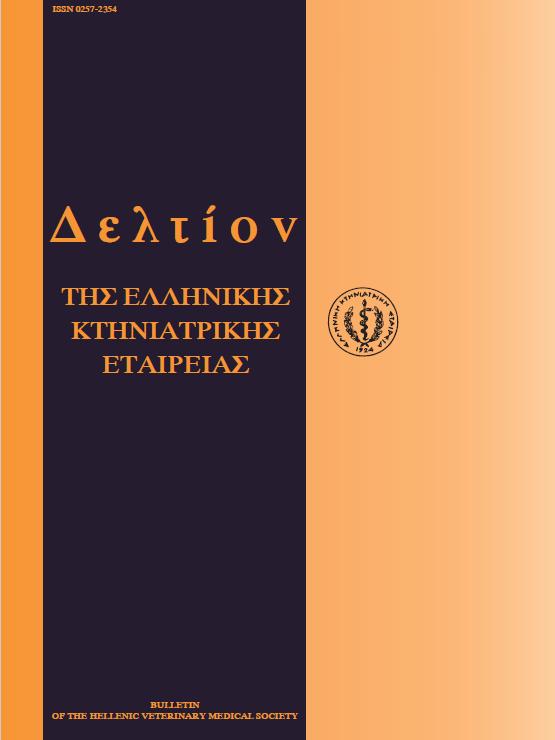Biochemistry, pharmacology and physiological role of sex hormone binding globulin
Abstract
Sex steroid binding protein (SBP) is a plasma protein that specifically binds sex steroids with high affinity. It is synthesized in the liver and circulates in the plasma of many species including human, monkey, cattle, dog, cat and others. SBP is a dimeric protein with a Mr ranging between 84-9Θ KDa and binds one steroid molecule per dimer. Its expression is regulated by many hormones and estradiol promotes while testosterone inhibits its expression. Its physiological role is not known completely, but it is likely to control at least the bioavailable levels of circulating steroids. Experimental evidence from our laboratory and others supports the dogma that non-bound steroids are free to enter the target cells and act. After the discovery of SBP-membrane receptor, it seems that SBP serves also other biological role except that of binding steroids. All recent reports are discussed.
Article Details
- Come citare
-
KOURETAS (Δ. ΚΟΥΡΕΤΑΣ) D., LALIOTIS (Β. ΛΑΛΙΩΤΗΣ) V., & ANTONOGLOU (Ο. ΑΝΤΩΝΟΓΛΟΥ) O. (2018). Biochemistry, pharmacology and physiological role of sex hormone binding globulin. Journal of the Hellenic Veterinary Medical Society, 49(3), 189–194. https://doi.org/10.12681/jhvms.15772
- Fascicolo
- V. 49 N. 3 (1998)
- Sezione
- Review Articles

Questo lavoro è fornito con la licenza Creative Commons Attribuzione - Non commerciale 4.0 Internazionale.
Authors who publish with this journal agree to the following terms:
· Authors retain copyright and grant the journal right of first publication with the work simultaneously licensed under a Creative Commons Attribution Non-Commercial License that allows others to share the work with an acknowledgement of the work's authorship and initial publication in this journal.
· Authors are able to enter into separate, additional contractual arrangements for the non-exclusive distribution of the journal's published version of the work (e.g. post it to an institutional repository or publish it in a book), with an acknowledgement of its initial publication in this journal.
· Authors are permitted and encouraged to post their work online (preferably in institutional repositories or on their website) prior to and during the submission process, as it can lead to productive exchanges, as well as earlier and greater citation of published work.



